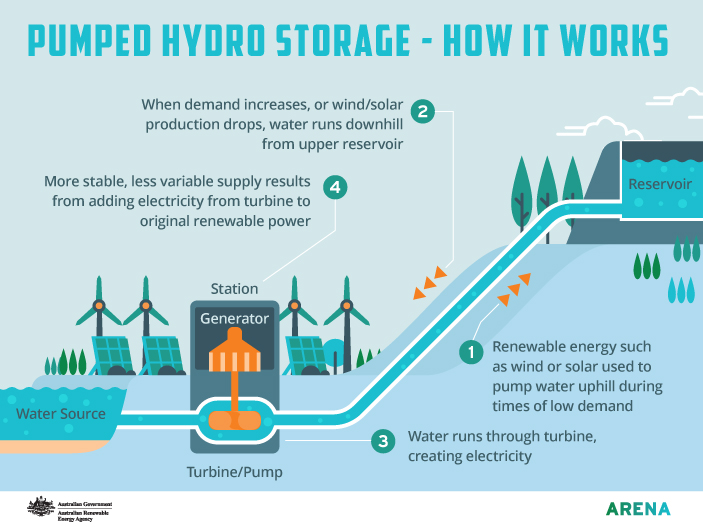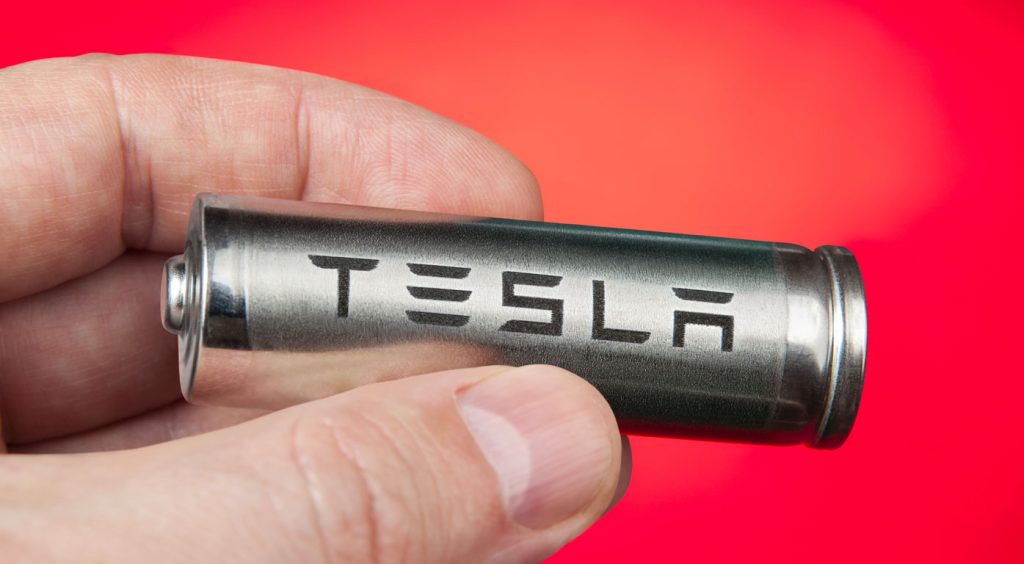The RayGen founder joined Rewired to discuss how an idea he developed in his shed has just attracted $42 million in capital and will soon be deployed on the site of AGL’s Liddell Power Station.
SUBSCRIBE TO REWIRED
His “solar thermal” technology concentrates sunlight to central solar PV receivers to produce electricity, while employing an innovative approach to capture the heat byproduct to provide long term energy storage.
“So if you take a battery system, I want to run that for 10 or 24 hours, the cost is going to be pretty prohibitive…”
RayGen’s system can provide power on demand over long periods of time, while also helping to strengthen the grid in a similar way to synchronous generators like coal and gas plants.
The technology offers a way to tackle declining system system strength associated with the growth of inverter-based renewables like wind and solar that are replacing fossil fuel power stations. New approaches are needed to replicate the services offered by conventional power plants where spinning turbines provide “system strength” that helps to resist voltage fluctuations and keep the lights on.
“This guy’s a bit crazy”
Dr Lasich has seen the cost of solar fall drastically over time as the technology has grown from a niche curiosity to a vital contributor to global energy supplies.
“When I first started in solar way back in the 70s, solar was only one step away from witchcraft or alchemy, really. When I started looking at it, in the university, people thought that was okay, because it was research, but a lot of other people thought, you know, this guy’s a bit crazy.”
RayGen expects that its technology will be able to achieve costs below $100 per megawatt hour. ARENA has also supported other forms of grid scale storage, including the $100 million Grid Scale Storage Funding Round, and Hydrostor’s project in Broken Hill which is looking to utilise compressed air for energy storage.
“So it [solar] used to cost 10 to 15 $20 a watt. Whereas now, for a full system, it’s something like $1 a watt. And worldwide, there might have been a few megawatts installed, whereas now there, there are hundreds of gigawatts, so that the landscape is completely different.”
They have attracted support from big names, with $27 million of private investment underpinning a recent $42 million capital raise, including backing from AGL, Photon Energy, Schlumberger, and Chevron.
LIKE THIS STORY? SIGN UP TO OUR NEWSLETTER







